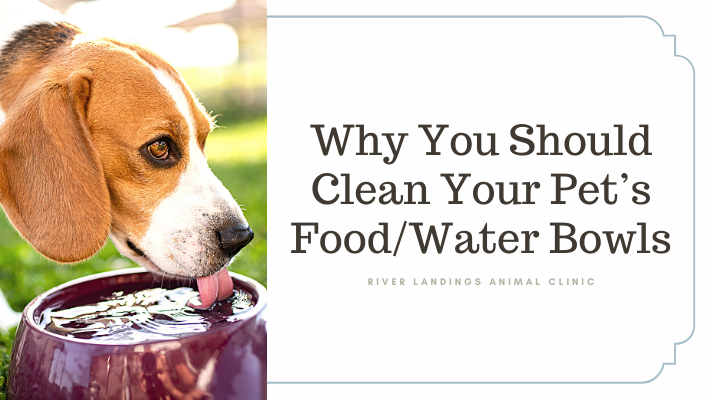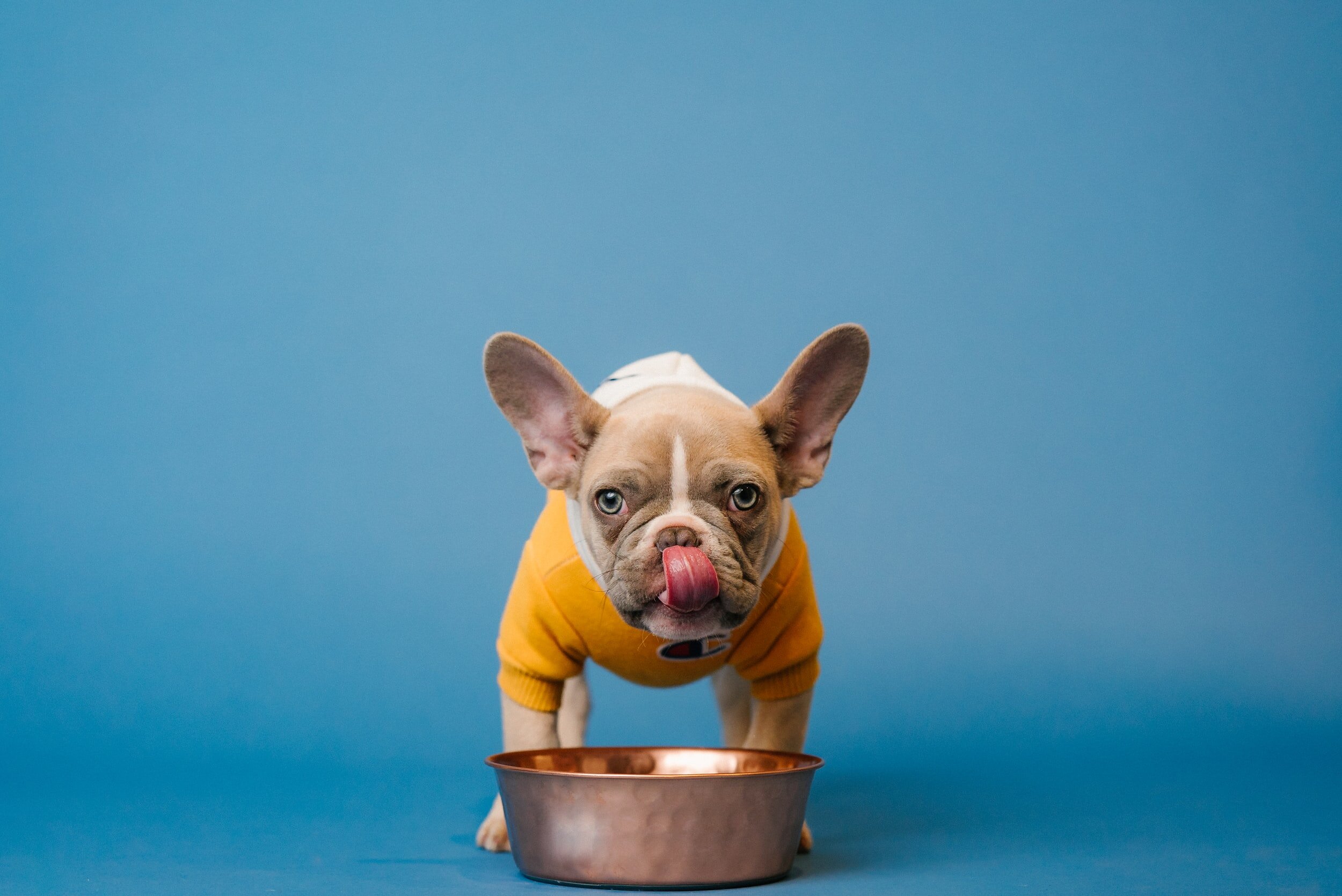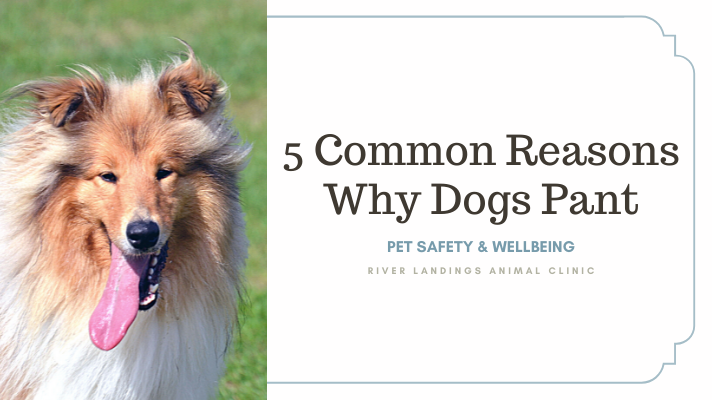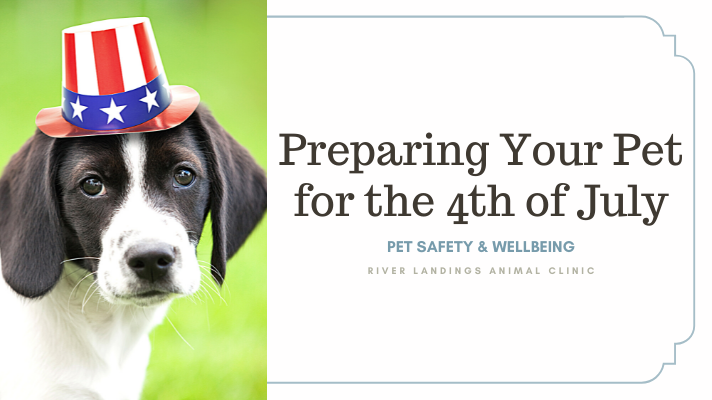A study provided by Volvo Car USA and The Harris Poll revealed that allowing pets to roam unrestrained on road trips led to significantly more unsafe driving behaviors, more time spent distracted, and increased stress on both the drivers and their pets.
Some of their findings include:
4 in 10 millennials choose a weekend getaway with their dog than their partner
32% of pet owners have left a dog at home because they felt their car was not safe enough
77% of Americans say people don't take vehicular dog safety seriously enough
It’s well established by now that our pets are essential members of the family, but many pet owners aren’t keeping their safety in mind when driving with them too. Volvo’s report followed 15 drivers and their dogs for more than 30 hours on the road to examine how driving with an unrestrained pet affected driving behavior vs. when an owner used a restraint (pet seat belts, harnesses, crates, carriers, etc).
What Happens With Pets Allowed to Roam Freely
Unsafe driving behaviors more than doubled. 649 instances while unrestrained vs. 274 while restrained. This includes climbing on a driver’s lap or hanging their head out of the window.
Time spent with drivers distracted more than doubled. 3hrs 39 mins spent unrestrained vs. 1hr 39 restrained. This includes dogs jumping from seat to seat or taking the drivers’ eyes off of the road.
Stress on both drivers and pets increased. Heart rates were likely increased for both people and pets. Unrestrained dogs measured a heart rate 7 beats per minute faster. Drivers felt calmer when dogs were buckled in, with heart rates dropping as much as 28 and 34 beats per minute.
The study further illustrates the dangers to all passengers, human and canine, when pets are not restrained. While pets roaming around the car can be cute and convenient, it poses serious risk for both drivers and their pets, both in terms of causing distractions and increasing the chances of serious injury in the event of an accident.
How to assure a safer road trip with pets
Don’t drive with your pet in the front seat. In the event of a collision, a dog or cat can be thrown from the seat into the windshield, even if restrained. Unless the passenger side airbag is disengaged, the airbag deployment can be dangerous to a small pet.
Never drive with your pet on your lap. It is not only a serious distraction to driving, bu the pet can get caught under the steering wheel and cause and accident or can be projected forward in the event of a collision.
Never drive with your pet unrestrained. In addition to being a distraction, an abrupt can cause the pet to fall quickly and cause soft tissue injury or worse. In the event of an accident, pets can jump from the vehicle and go into moving traffic and be hit by other vehicles or get lost in an unfamiliar area.
Never allow your pet to lean out of a car window. Debris can be forced into their eyes and cause abrasions or punctures to the cornea / eye, which can result in blindness.
Never leave your dog unattended in a vehicle. Depending on the breed, level of anxiety, and ambient temperature, some people may be tempted to keep their pet in the car while running a short errand. Even in cooler months, never leave your dog unattended in your vehicle, no matter how short of a period, to avoid extreme temperatures and heat stroke / hypothermia.
With these tips in mind, we wish everyone safe, future road trips with their pets!
Hear From Us Again
Don't forget to subscribe to our email newsletter for more recipes, articles, and clinic updates delivered straight to your e-mail inbox.
Related Categories:








